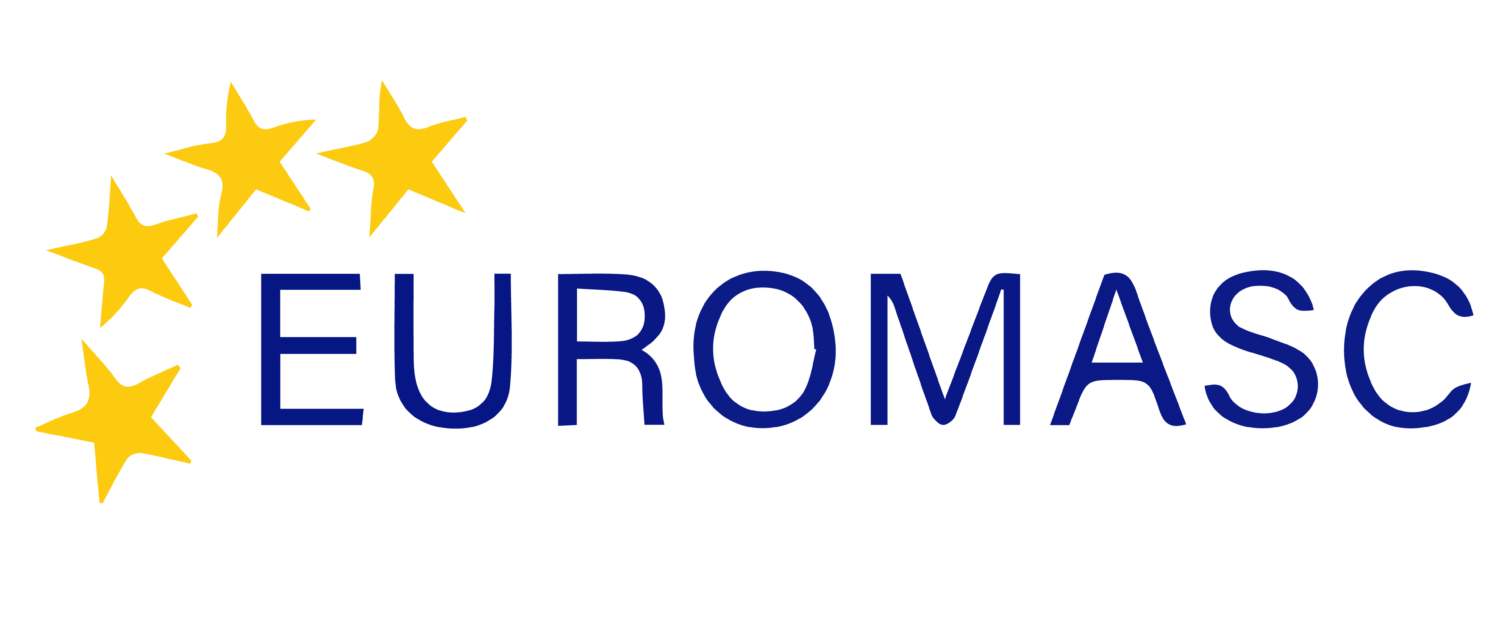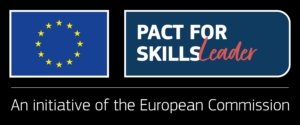ECVET based permeability measures targeting flexible learning pathways through EQF 4-7
Leonardo da Vinci – Transfer of Innovation EQF and ECVET oriented project (2009-2011) NO , AT, DE, DK, IS, IT, LT
HiOA – Oslo and Akershus University College of Applied Sciences (www.hioa.no ) (2009-1-NO1-LEO05-01047)
Lack of permeability – between sectors and levels – is one of the main challenges in education and training. Existing systems are usually targeting either general education or a vocational training perspective, whereas the industry itself requires relevant skills and competences in a flexible and changing business environment. The difference between applying intended learning objectives in a study programme and documented learning outcomes is crucial to the understanding of how an individual’s background and potential can be capitalised in employment.
The objective of the project was to elaborate vertical transparency between EQF (European Qualifications Framework) levels 3-7, crossing sectorial borders and secure reciprocity in the understanding and accreditation of aggregated skills and competences, independent of formal or non-formal ways of acquiring them. A basic approach in the project was the use of ECVET principles (European Credit system for Vocational Education and Training), underlining the description and accreditation of learning outcomes as the basis for “currency exchanges”.
The project was developed from experiences gathered in the EU Leonardo projects VQTS and CREDIVOC, the German ANKOM project and the EU ECVET project SME Master, a transnational comparison of skills and competences required to obtain the certificate of a Master of Skilled Crafts (Brevet de Maîtrise – Meisterbrief – Mesterbrev).
The consortium was based upon a cooperation between stakeholders like competent bodies, training and certification providers, higher education institutions, authorities and social partners as well as research and development organisations within VET. The consortium represented experience from more than 100 EU financed projects in different VET sectors.
Building upon previous methods and experimental and/or implemented examples of reciprocal cooperation between higher education institutions and post secondary VET providers, the project experimented new combinations where certifications accredited at national or sectorial level are still valid when crossing previous barriers in systems. Crafts and crafts like vocations at post-secondary level were selected (e.g. construction, electro(nics), car maintenance/repair and aesthetics like floristry).
With functioning systems of crossover certifications, the skills and competences of individuals and in the workforce in general opens for flexibility in how human resources can be optimised and where individuals can run through alternative careers and training paths – as expressed in the Norwegian White Paper 2008:18, VET for the future.
The outcome of the project is an ECVET based model where education and training providers and accrediting institutions can find a functioning tool for bridging over existing differences when training pathways are to be developed and accredited. For transnational mobility in training as well as for a mobile workforce, these are areas where the demands are often expressed – and where this type of solution is most welcome.

